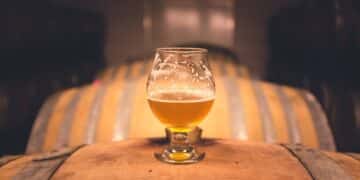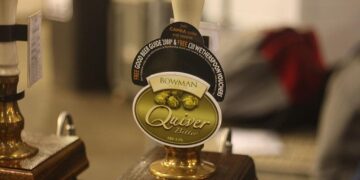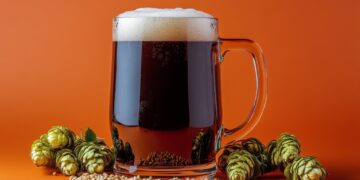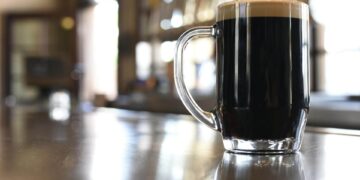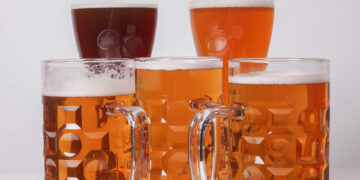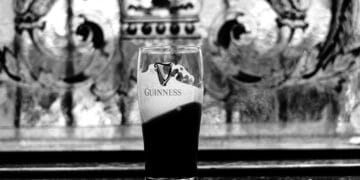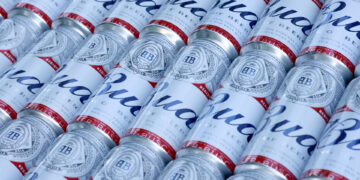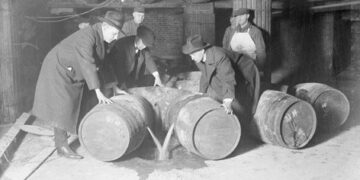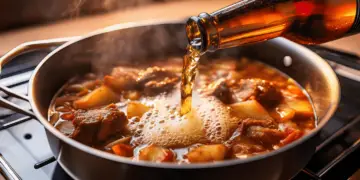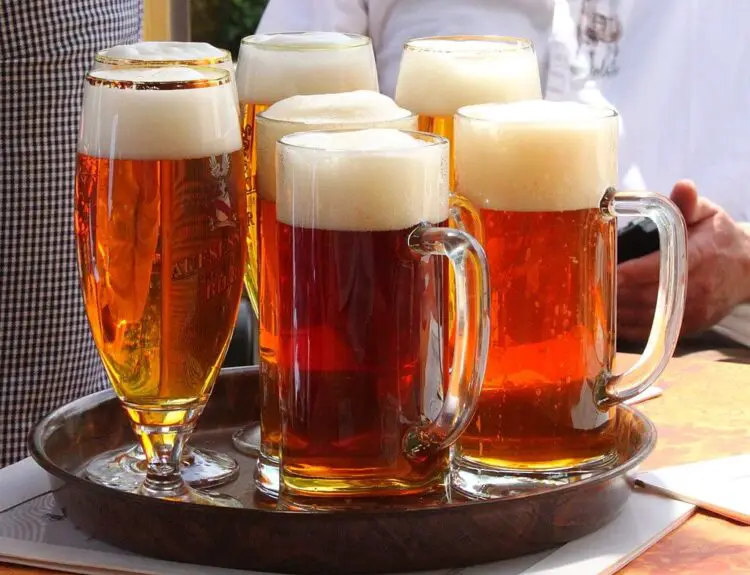There are a number of ways to serve beer, and each will affect the drinker’s enjoyment of their drink to some extent, it is rare that much thought is given to serving beer by the average punter. The temperature, type and shape of container will all effect how a beer tastes. For starters do one thing: Ditch the can! The taste of aluminum, the speed at which a can heats up (thus warming the drink) and the inconvenience of being able to easily cut ones lip on the opening all contribute to a generally unpleasant experience. If you a drinking beer for a can (and really quality beer rarely comes from a can) simple advice is transfer it to an appropriate beer glass (see related article: ‘Beer Glasses’).
The overriding factor in enjoying a beer is the temperature it is served at. Whilst many people enjoy a cold beer, it is argued that room temporary is most conducive to the enjoyment of ale’s which have a wide variety of aromas and after tastes which travel better in warmer air (hotter particles travel quicker and therefore smell – which is actually an essential component of taste – translates better at higher temperatures). If you are serving beer with food be sure not to serve it too cold as this will affect not only your ability to taste the combination of flavours in the beer, but also those on your plate as well!
Generally, people will have their own preferences to how warm or cold they like to drink their beer, but it is worth bearing in mind the above points. If any further pointers are needed try the guidelines below:
- Barley Wines and other very string beers are best served at 10-13° C
- Bitters are best served at: 10-12° C.
- Lambic, or Lambic style Fruit beers and Wheat beers are best served at 5-10° C.
- Lagers at 8-10° C.
- Stouts and other dark ales at 12-15° C.
Other Tips
When drinking a variety of beers over an evening start with lighter beers first and enjoy your beer in sets according to types. For example, as far as a possible start with lighter bitters or lagers, and progress to something stronger, such as wheat beers or stouts. If you avoid mixing different varieties on top of each other you will get a better taste for what you are drinking. If you drink your strongest beers first, you will be less capable of discerning the taste of weaker beers later – beer numbs the senses as you become gradually more inebriated!
As with wine, be careful not to fill your glass right to the top – this way the aromas of your beer will travel better. Swirl your beer a little before tasting, in order to activate the movement of molecules and bring out the aromas at their fullest, tilt your glass and hold it to the light to discern colour, give it a whiff, and taste it, letting slowly roll over your palate.
As with the service and drinking of wine, a whole culture of expertise has grown up around the service of beer. Whilst it is important to maximise you enjoyment of beer as afar as possible, remember that real enjoyment is a matter of personal preference!








